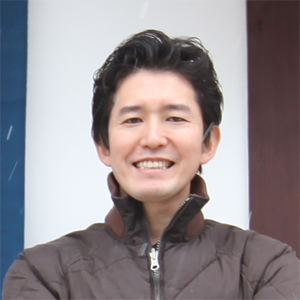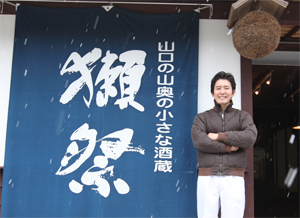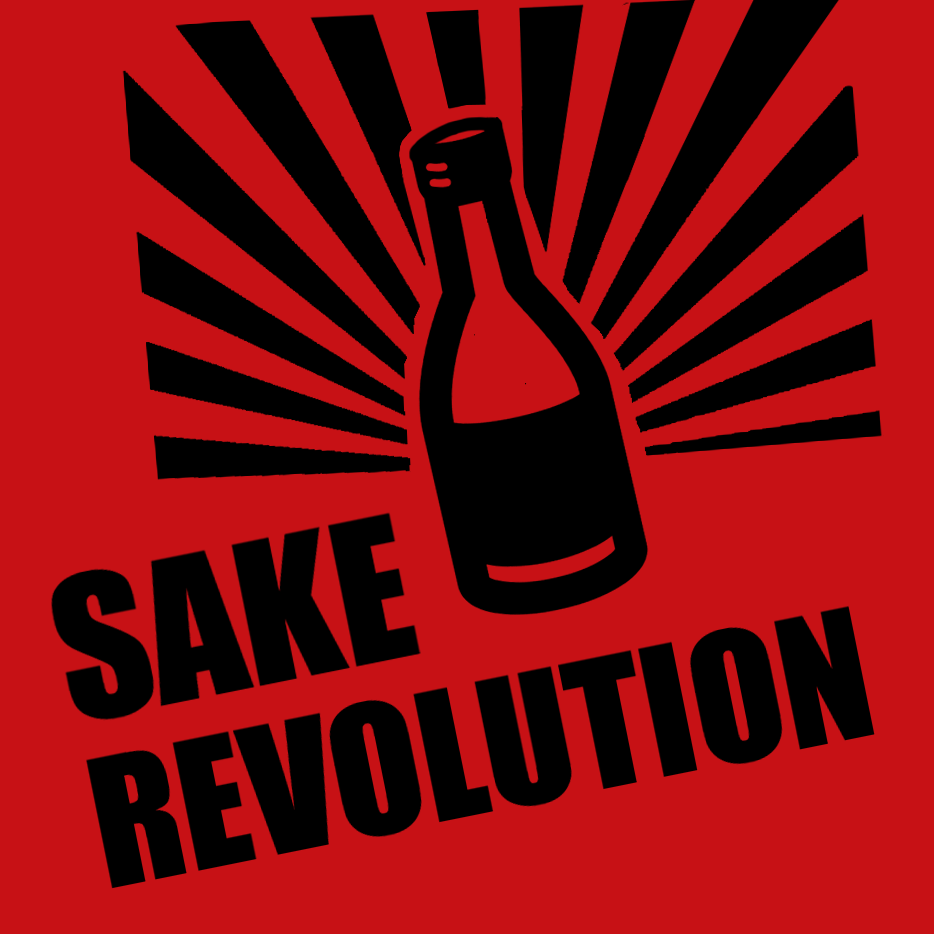Interview: Kazuhiro Sakurai, Dassai Sake Brewery
I had the pleasure of visiting the Dassai Brewery in January and February of this year for an extended stay. I learned a ton about sake brewing and life in Japan. The Brewery’s Vice President, Kazuhiro Sakurai, was kind enough to sit down with me and talk about Dassai and all things sake.

Kazuhiro Sakurai
Kauzhiro Sakurai:
We have 42 workers total. Last year we produced 4,300 koku. But this year we’re expanding. This year, I think we will make 5,500 Koku.Timothy Sullivan: How would you describe the style of your sake?
Kazuhiro Sakurai: It’s smooth and clear and but with a very long finish …and very approachable. Most sake out there is difficult to understand, but our character is easy to understand. Not too difficult, but it has elegance and a deep beauty.
Timothy Sullivan: Your Brewery made the decision to produce only Junmai Daiginjo grade sake. Why did your brewery make that decision?
Kauzhiro Sakurai: It’s really quite simple. We want customers who who drink our sake to feel deliciousness and happiness. We found that we were selling 100% of our Junmai Daiginjo style, so it was natural for us to make more of this style. Over time, we realized, selling Junmai Daiginjo was the best style for us. At first, of course we sold a Junmai and a Junmai Ginjo, too, but we noticed customers just wanted to drink the most delicious sake from each brewery, so we focused on that market. For us it was an evolution of what our customers wanted.
Timothy Sullivan: Your brewery was the first to use a high tech centrifuge to separate the lees from the sake. I saw the machine here and it looks very high tech and complex. What role does technology play in sake making? and what role does tradition play?
Kazuhiro Sakurai: For us, it’s just one kind of tool. For example, a good restaurant chef doesn’t use just their hands – they use a food processor or other tools. For me, both technology and tradition are very important. Our goal is simply to make the most delicious sake, so we pay attention to both. Actually, a person’s hand is very sensitive, so for making Koji and making the moto, we need the human touch. But for example rice polishing and sake pressing, the technology is better than the human hand.

Kazuhiro Sakurai
Kauzhiro Sakurai:
Honestly we think the best pairing is our local specialty, Fugu, or blowfish. The Sparkling Nigori is wonderful with Fugu Kara-age. And of course, I know that it’s very difficult to get fugu in the US, so I recommend that Dassai 23 and Dassai 39 is paired with white raw fish sashimi and roasted vegetables such as roasted asparagus. That is a very good match with my sake. As for Nigori and our sparkling Nigori, they are both good with oily foods such as fried calamari, fried oyster or pork belly. Our Dassai 50 is the most versatile and that goes well with a wide range of foods including Korean food – even the spicy kind.Timothy Sullivan: What is your message to American consumers of your sake. What would you like them to know about your brewery and your brand.
Kazuhiro Sakurai: For us, the people who live in Yamaguchi, our local town, or who live in Tokyo, New York or France – for us we approach them as a customer in the same way. Our message is simple: “Enjoy our sake and make your life happy!” We want people to enjoy their happiest moments with our sake. That’s why we work hard to make the most delicious sake we can.
Timothy Sullivan: What do you think are the most important steps that should be taken to introduce sake to more people and grow the market?
Kauzhiro Sakurai: This is related to the previous question. People like very simple and very delicious sake – and that is what we are making and we have to work to introduce this to new people. We don’t think we have to brew sake for the American palate, sake for the Japanese palate or sake for the French palate. For us, it’s the same thing. I think beauty is a universal concept and beautiful sake can be recognized by any palate.
Timothy Sullivan: How do see the future of sake in the USA specifically?
Kazuhiro Sakurai: There is a very big opportunity. For those types of people who enjoy many types of food, I feel strongly that they would be open to trying and enjoying sake. I think people’s tastes are evolving – and as their tastes get more broad, there is more room for sake to be successful. I think that trend is happening now in the United States. I think the future is very good for Sake in the U.S.
My Special thanks to Sakurai-san for talking with me about sake! I learned so much at this brewery! Stay tuned for many more posts on Dassai sake!!


